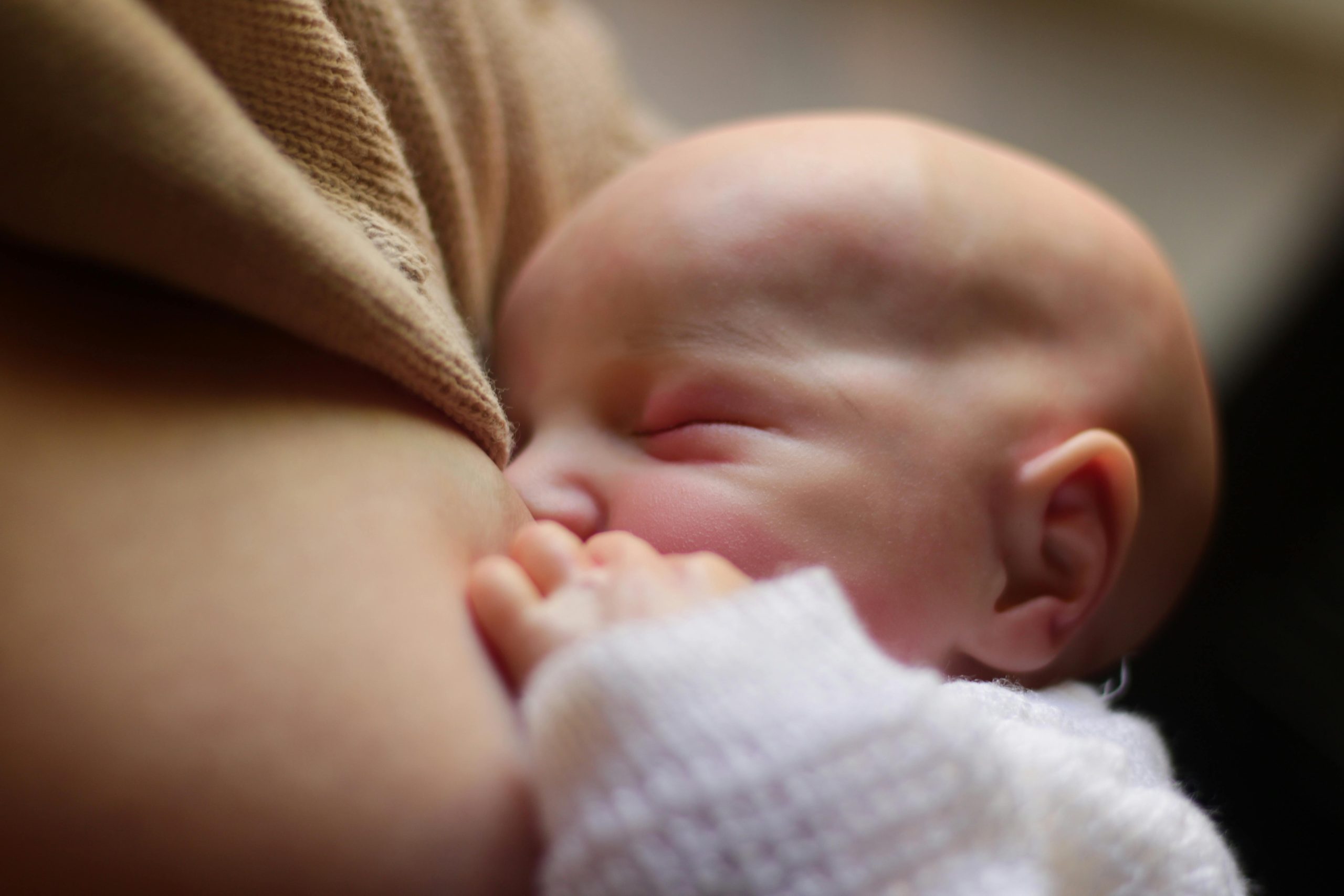Introduction Nutrition and Feeding-SWEET
Nutrition plays a vital role in the growth, development, and recovery of premature and haemodynamically unstable infants. These vulnerable populations have unique and increased nutritional needs due to their immature organs, limited energy reserves, and the added stress due to medical instability. Providing timely and appropriate nutrition is essential not only for survival but also to support organ development, immune function, and long-term neurodevelopmental outcomes.
Learning Objectives
- Understand the basic development of the fetal gastrointestinal system
- Outline the signs and symptoms of feed intolerance
- Understand the nutritional needs of a preterm and haemodynamically unwell infant
- Discuss the nutritional requirements needed for optimum growth and development
- Have an understanding of both parenteral and enteral nutrition
- Describe glucose production and metabolism in the neonate
- Understand hypoglycaemia in the neonate
- Understanding the basic pathophysiology of some more commonly gastrointestinal conditions
Gastrointestinal development commences early in gestation. The fetal gut has formed and has completed its rotation back into the abdominal cavity between 10 -12weeks of gestation. By 16 weeks, the fetus can swallow amniotic fluid. Gastrointestinal motor activity is present at 24 weeks however organized peristalsis is not established until 29-30 weeks (is facilitated by antenatal corticosteroid treatment). Coordinated sucking and swallowing develops around 32-34 weeks (Bhatia et al 2023). By term, the fetus swallows approximately 200 ml/kg/day of amniotic fluid, containing carbohydrates, protein, fat, electrolytes, immunoglobulins and growth factors, which play an important role in development of GI function (El-Farrash et al 2019).
Preterm birth interrupts this development, and even if nutrients are provided parenterally, lack of enteric intake leads to decreased circulating gut peptides, slower enterocyte turnover and nutrient transport, decreased bile acid secretion, and increased susceptibility to infection due to impaired barrier function by intestinal epithelium, lack of colonization by normal commensal flora and colonization by pathogenic organisms (Indrio et al 2022). For fat digestion, the newborn depends on lingual lipase, which is stimulated by sucking and swallowing (Indrio et al 2022).
The goal of nutrition is to provide adequate calories to support growth and development while accommodating the infant’s feeding tolerance. Ensuring adequate nutrition in the neonatal nursery is crucial for the growth and development of all infants. Parenteral nutrition (TPN) provides necessary nutrients intravenously (IV) if enteral feeding is not feasible (hemodynamically unstable, extreme prematurity, or gastrointestinal dysfunction), however enteral feeding is required to support gastrointestinal development and function (Indrio et al 2022).
There are 4 sections to this chapter:
- Nutrition and feeding
- Glucose Homeostasis
- Feeding intolerances
- Management of nutrition and feeding

Intimate Mother and Child Bonding Moment by Blond Fox used under Pexels licence
References
Bhatia, A., Shatanof, R., and Bordoni, B. Embryology, Gastrointestinal. National Library of Medicine- StatsPearls (internet). https://www.ncbi.nlm.nih.gov/books/NBK537172/
El-Farrash, R., Ibrahim, G., Abdelkader, H., Salem D., and Fahmy S. (2019). Simulated amniotic fluid like solution given enterally to infants after obstructive bowel surgeries: A randomized controlled trial. Nutrition Vol 66 pages 187-191. doi.org/10.1016/j.nut.2019.05.001
Indrio,F., Neu, J., Pettoello-Mantovani, M., Marchese, F., Martini, S., Sallatto, A., and Aceti, A. (2022). Developemnt of the gastrointestinal tract in newborns as a challenge for an appropriate nutrition: A narrative review. Nutrients 14(7) https://doi.org/10.3390/nu14071405

